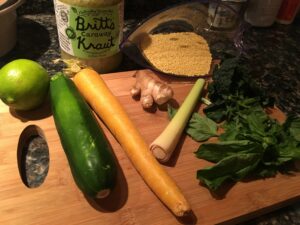
By Whisper St. Christopher
Hello Bellevue College!
Remember when it snowed for the first time this Winter? All pretty and white, and the air had that lovely cold crispness to it…
Perhaps you went out for an evening stroll as the flurries fell down on your shoulders and caught on the fuzzy bits of your hat. Perhaps you stayed inside and watched the sky from a window, appreciatively snug and toasty. The next morning, lots of us stumbled outside, ice scraper in hand, determined and bundled to near invisibility. (Those of you with 7:30 AM classes, by George I feel for you…)
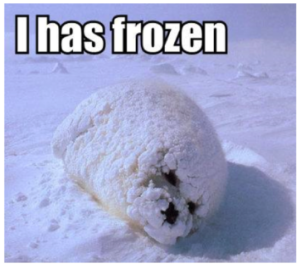
Or, like me, you rolled down the window for a jaunty wave to your boyfriend as you drove off, and then discovered in horror that it would not come back up. What I’m saying here is that we’ve made it through some really cold weather this December and January. Thankfully, February is upon us, bringing with it average Bellevue temps between 37 and 51 degrees Fahrenheit. So it’ll be slightly warmer as we zoom toward the middle of the quarter.
I think one of our most challenging jobs as students can be figuring out how to sustain ourselves in a sustainable way. College pushes us to constantly maintain a high level of functioning ability; this is how we do well academically and simultaneously balance the rest of our lives. It’s difficult to figure out – lots of us are working things out for the first time on our own – and adding in the other elements of taking care of our society and our environment while taking care of ourselves is a daunting task.
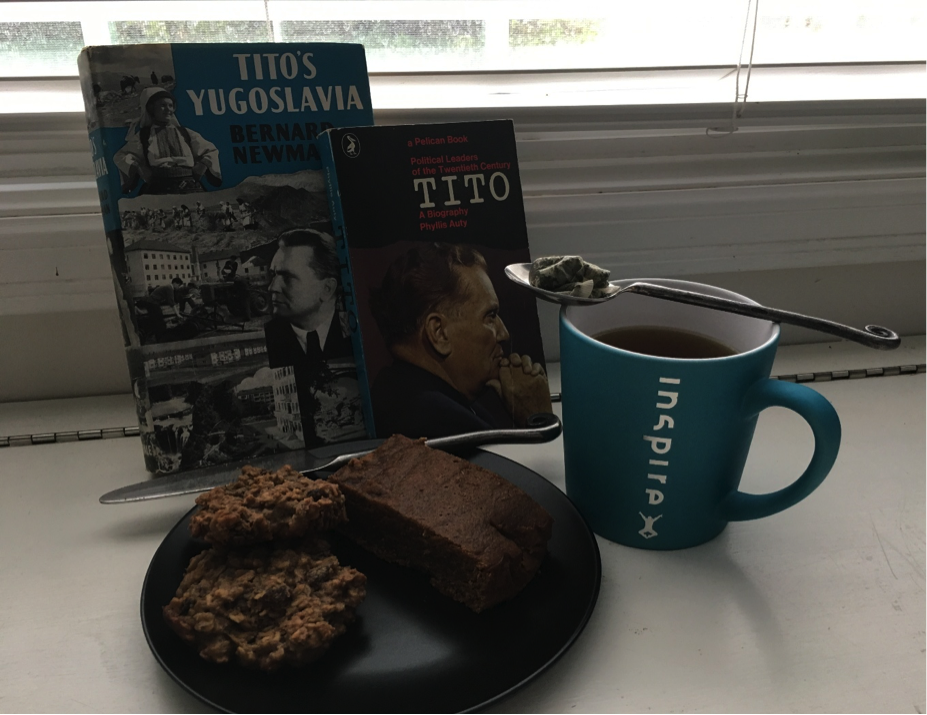
I admit to struggling with this, but over time I’ve found a few tricks to make things a little easier to sustain myself, sustainably.
![]()
This seems to be the single most determining factor of how run-down I get during the course of a long day. To keep the cold away, I’ve become a layered clothing fanatic, and shamelessly wear cozy hats and scarves indoors. I’m also a big fan of ginger, which warms you up from the inside out by increasing your circulation. (It’s also anti-inflammatory, antibacterial, and antiviral, to name but a few of its benefits.)
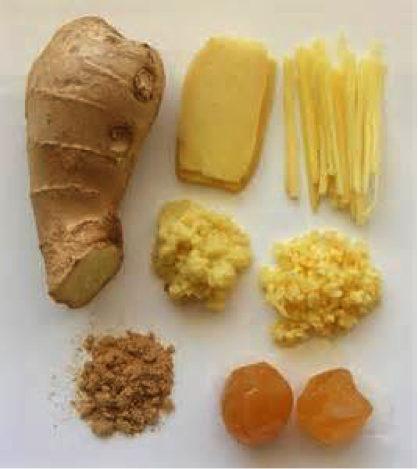

Recently I’ve been making ginger tea in the mornings: just peel, chop – I like to matchstick it, like in the upper right hand corner of the photo – drop into your favorite mug, and then fill with boiling water. On days when I’m feeling especially tired, I make this really strong (2- 3 inches of ginger) and then add some maple syrup to counteract the spice. Lemon juice is a great addition too, if you’re feeling icky.
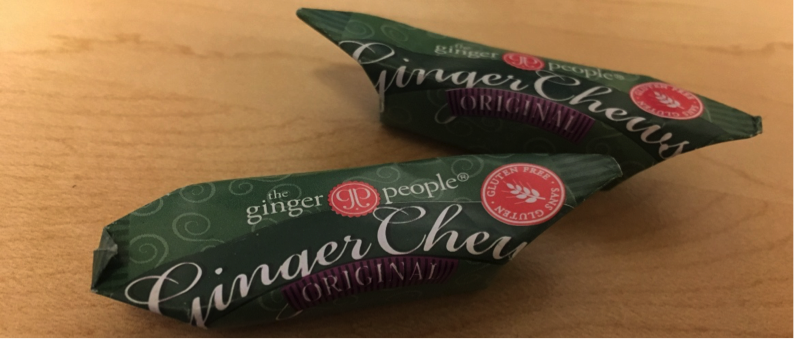

Peppermint Tea is another of my favorite hot drinks to bring with me to work and school. It’s non-caffeinated (I know, I know…I’m weird) but I find that caffeine tends to make me more anxious than I already am. Therefore: Stressful Class + Peppermint Tea = Slightly More Optimistic Outlook on Life.
While we’re on the subject of tea, let’s also discuss the subject of Fair Trade. The tea industry is a massive global industry. As with many other global industries, the planet and the people end up shouldering the externalities for the sake of big business profits. These externalities can be dangerous and irreversible: soil degradation from the chemicals used in agriculture; death from hazardous working conditions; needless suffering from scant wages that don’t cover even the basic necessities of life.
- This article does a great job of illuminating the importance of Fair Trade in the tea industry specifically. A very good read when you have some time: https://www.good.is/features/fair-trade-tea
- For a quick two minutes on why Fair Trade is important, watch this: https://www.youtube.com/watch?v=jj2ijFx_kuA
If, after all this, you’re wanting to do more than simply purchase Fair Trade when you have the opportunity, there is something else you can do. Currently, The Office of Sustainability and the ASG are collaborating to start a Fair Trade Campaign at Bellevue College. While this project is still in its incubation phase, when we move forward, we will be the third Washington State higher education institution to launch a campaign, alongside Seattle University (a certified Fair Trade Campus) and Gonzaga University (they’ve just launched their campaign).
Fun Fact: Olympia, WA, is a Certified Fair Trade Town!
- More information on Fair Trade Campaigns here: http://fairtradecampaigns.org/campaign-type/universities/
- If you’re interested in supporting an effort of this nature, please let us know! Email Sustainability@BellevueCollege.edu OR: Stop by C212 and chat with me, the Outreach Coordinator.

This is a lesson I’ve had to learn the hard way, through a very long history of trial and error. For me, “packing food” boils down to five criteria:
- a) calorically dense enough to sustain me. (I love ‘em, but celery sticks don’t cut it.)
- b) nutritious enough to keep me mentally sharp and focused.
- c) quick and non-messy enough to eat while multitasking, or using and touching shared surfaces…desks, keyboards, door handles, etc.
- d) not terribly affected by temperature or time. (Warm smoothies are gross.)
- e) affordable and easy enough to prepare on a regular basis.
I introduce the concept of baking.

Okay, for most of you, this is probably a no-brainer, but for me it was an expedition the likes of which can only be replicated in the Amazon. I am by no means a baker. Generally, anything I put in the oven is doomed, and that’s if I can find anything to put into the oven at all. Why?
I’m vegan. I can’t tolerate gluten. I have food sensitivity issues up to my ears, and I can’t eat potatoes, which knocks out potato flour and yeast. (Oh, and I’m picky and would rather not use refined sugars, oils, baking powder, or baking soda.)
I mean, is it possible to bake anything at all with those restriction?
Apparently, yes! I found this website and my life was changed: http://thevegan8.com/allergies/
I made the Vegan Gluten-Free Oatmeal Raisin Cookies and brought them into Student Programs for my colleagues during the holidays, and they were a hit. I can’t tell you how thrilled I was. I decided to venture further and try the Banana Molasses Cake. Results? 10/10, would recommend!

Since these photos were taken, I’ve spent a decent couple of hours combing TheVegan8 reading recipes and selecting those that either work with my dietary peculiarities, or that I can easily tweak, since she lists so many options and substitutions for her recipes. (I used pineapple juice instead of apple juice in the cake above, and it turned out great.)
I have my baking plans pretty much set for the foreseeable future. There’s Rosemary Lemon Shortbread, and Pumpkin Cake, and so many interesting ideas. But a quick word about those bananas in that banana molasses cake…
This is Tristram Stewart. He’s standing behind a mountain of bananas that are destined for…the garbage. The reason? Aesthetically unacceptable.

Watch a great TED Talk and find out more about the global practice of food waste here: https://www.youtube.com/watch?v=cWC_zDdF74s
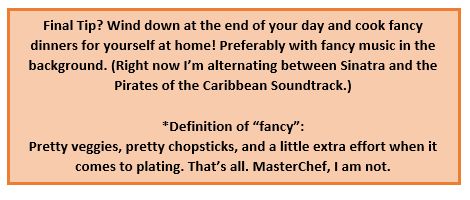
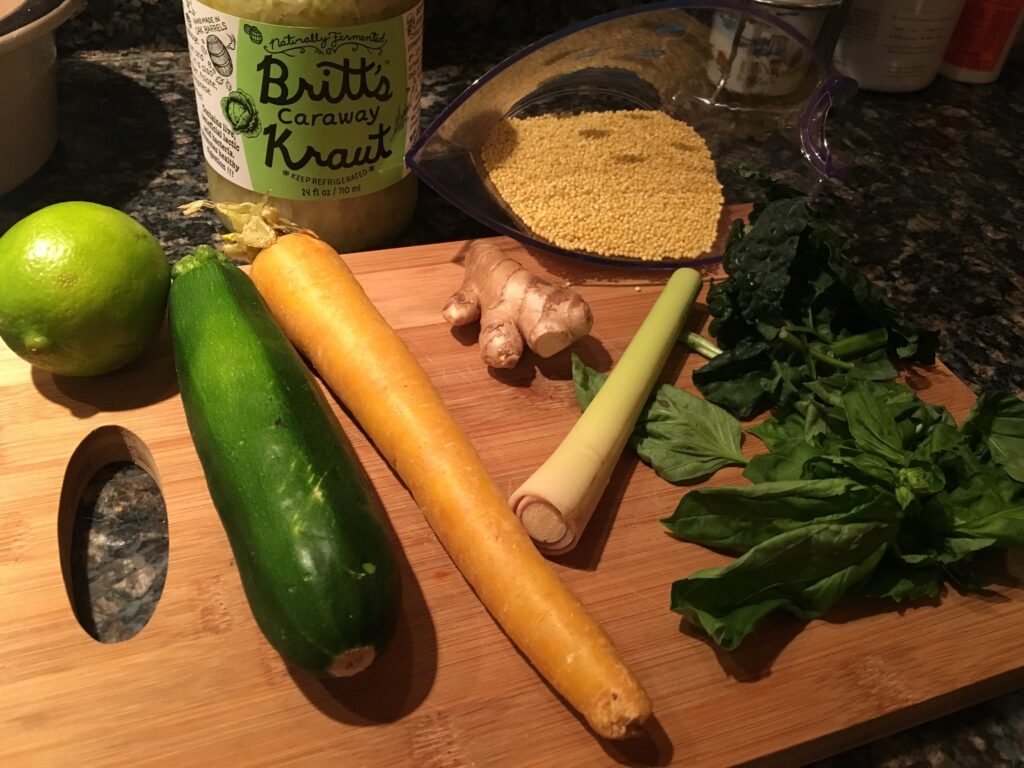
Ingredients: Lime; Zucchini; Carrot; Local Sauerkraut; Lemongrass; Ginger; Millet; Lacinato (or Dinosaur) Kale; Basil.

How to: Cook millet with ginger and lemongrass. Use a peeler to noodle carrot and zucchini; steam. Steam kale. Plate. Top with fancy salt (It actually tastes way better!); drizzle with olive oil; sprinkle with fresh lime juice; garnish with basil. 🙂
That’s it! Happy February!
Last Updated February 3, 2017
